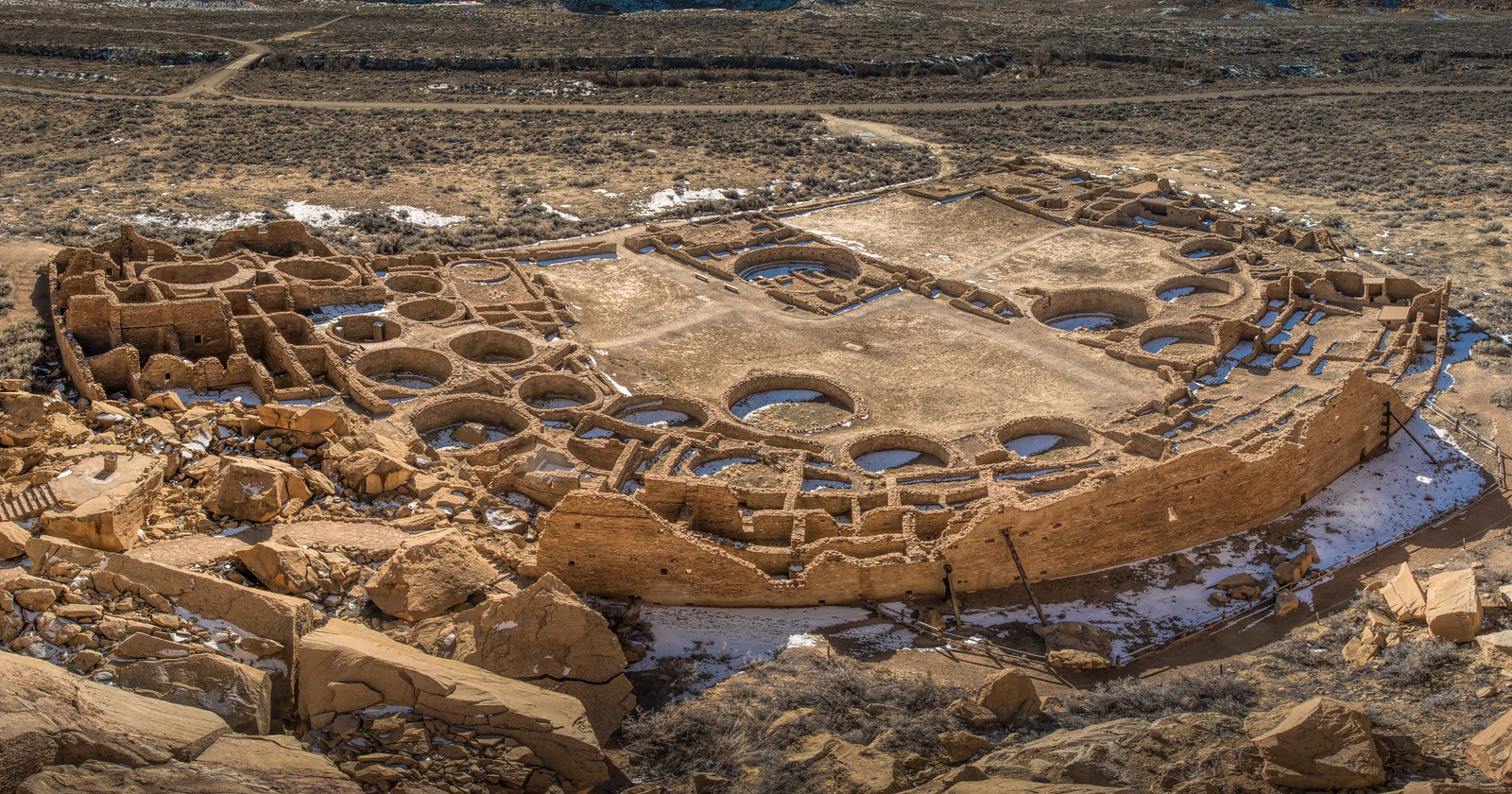Honouring Native American Heritage – Sacred Sites, Spiritual Practices, and Living Traditions
Chaco Canyon - Image Credit: ANDREW KEAMS/FLICKR
Welcome!
World Heritage Day invites us to reflect on the cultures, places, and traditions that connect humanity across time. Today, I want to shine a respectful light on the heritage of Native American nations — a vast tapestry of languages, lands, ceremonies, and stories passed down through generations.
These traditions are not just history — they are living practices, deeply woven into the land and carried forward by communities today.
A Living Connection to the Land
For many Native American nations, land is not a resource — it is a relative, a teacher, and a living presence. Sacred sites are places where the physical and spiritual worlds meet, where ancestral memory resides, and where ceremonies connect communities to the cycles of nature.
Examples of Sacred Sites and Their Significance
Mesa Verde (Colorado) – Ancient cliff dwellings of the Ancestral Puebloans, occupied for over 700 years. These structures embody deep knowledge of the environment, astronomy, and communal living.
Chaco Canyon (New Mexico) – A ceremonial and trade centre with structures precisely aligned to solstices and equinoxes, reflecting sophisticated astronomical understanding.
Bear Butte (South Dakota) – A sacred mountain for many Plains tribes, used for fasting, prayer, and vision quests.
Mount Shasta (California) – Held sacred by multiple tribes as a place of origin and spiritual renewal.
Devils Tower (Wyoming) – Known as Bear Lodge to many tribes, this striking monolith features in sacred stories and is still a place of ceremony.
Each of these sites is part of a living spiritual landscape — not simply archaeological sites to visit, but places that continue to hold cultural and ceremonial importance.
Sacred Ceremonies and Practices
While practices vary widely between nations, certain ceremonial themes are common:
Smudging – The burning of sacred plants such as sage, sweetgrass, or cedar to cleanse, bless, and invite positive energies. Traditionally part of larger ceremonies, guided by elders.
Vision Quests – Periods of fasting, prayer, and solitude undertaken to seek spiritual guidance or life direction.
Sweat Lodges – Purification ceremonies involving heated stones, steam, prayer, and song, often marking transitions or preparation for important events.
Seasonal Ceremonies – Celebrations aligned with planting, harvest, solstices, and other natural cycles.
Storytelling and Song – Oral traditions that preserve history, law, and spiritual teaching, often passed down in winter months or specific ceremonial contexts.
Each practice is embedded in a cultural framework — it is not just the action, but the relationship, intention, and community that give it meaning.
Engaging with Respect and Awareness
For those outside Native communities, engaging with sacred sites or traditions should always be done with respect, permission, and humility:
Seek guidance from tribal authorities or cultural centres before visiting ceremonial areas.
Follow protocols — this may include no photography, no removal of natural items, or observing in silence.
Avoid cultural appropriation — especially using sacred items or ceremonies outside their intended context.
Support Native-led initiatives — including artists, educators, environmental stewards, and heritage organisations.
Learn from primary voices — books, workshops, and talks led by Native elders or cultural knowledge-keepers.
Frequently Asked Questions
Q: Are all Native American sacred sites open to the public?
A: No. Some are open with guidance, others are closed to non-tribal members, and many require permission to enter. Always check with local tribal councils or heritage organisations before visiting.
Q: What’s the difference between smudging and other forms of smoke cleansing?
A: Smudging is a specific ceremonial practice rooted in Native traditions and cultural protocols. Other cultures have their own smoke-cleansing rituals using different plants and prayers.
Q: How can I tell if a crystal, feather, or ceremonial item is being sold respectfully?
A: Buy directly from Native artisans or verified Native-owned businesses. This ensures fair compensation and authentic cultural connection.
Q: Why is land acknowledgment important?
A: It recognises the original stewards of the land and honours their ongoing connection to it. It’s a step toward respect and reconciliation.
Q: Can non-Native people participate in Native ceremonies?
A: Participation is by invitation only. Some events are public, others are private to the community. If invited, follow all guidance respectfully.
Further Learning and Resources
If you’d like to deepen your understanding:
Books – Braiding Sweetgrass by Robin Wall Kimmerer, An Indigenous Peoples’ History of the United States by Roxanne Dunbar-Ortiz.
Museums – Smithsonian National Museum of the American Indian, The Heard Museum.
Online – Native American Rights Fund, First Nations Development Institute.
Events – Cultural festivals, powwows, and educational workshops hosted by Native organisations.
Closing Reflection
Native American sacred sites and traditions remind us that land is alive, culture is living, and spiritual connection is a shared human need.
On this World Heritage Day, may we not only admire these places and practices from a distance, but also work toward a world where they are respected, protected, and understood.
With respect and gratitude,
Eryn x

